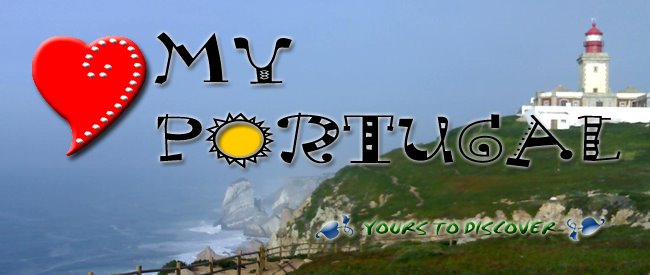With a rich tradition of handcrafted, artisan cheeses, up to 13 PDO (Protected Designation of Origin) status cheeses are currently produced in the country. Beeing a uniquely exquisite selection made from sheep, cow, and goat’s milks, many of them are very unique in the way they use Cardoon Thistle (Cynara cardunculus L.) to coagulate the milk instead of the traditional animal rennet. It is generally believed that this practice has its roots in the Iberian Jewish community who require cheese made in a kosher way (i.e., no animal-based rennet).
And while the textures, flavors and shapes may vary from region to region, the country’s cheese traditions remain consistent. Trade secrets have been passed down from generation to generation, and to this day many cheeses are still made by hand. The most popular Portuguese cheese, the "Queijo da Serra", is a sheep cheese, made in the Serra da Estrela region, where the highest peak of continental Portugal is located. Its smooth consistency and delicate flavour are very much comparable to the best Bries.
You must also taste the delicious creamy little cheeses of Azeitão, especially popular in the spring. And rejoice in flavouring the "Serpa" from the Alentejo, sweet and unctuous when it is fresh, and stronger and dryer after one or two years of aging in a cool environment. Unless you prefer the "cabreiro", a strong goat cheese, or the "Queijo da Ilha", an extraordinary cheese from the Azores Islands that is also used grated (like parmesan) in numerous regional dishes.


























